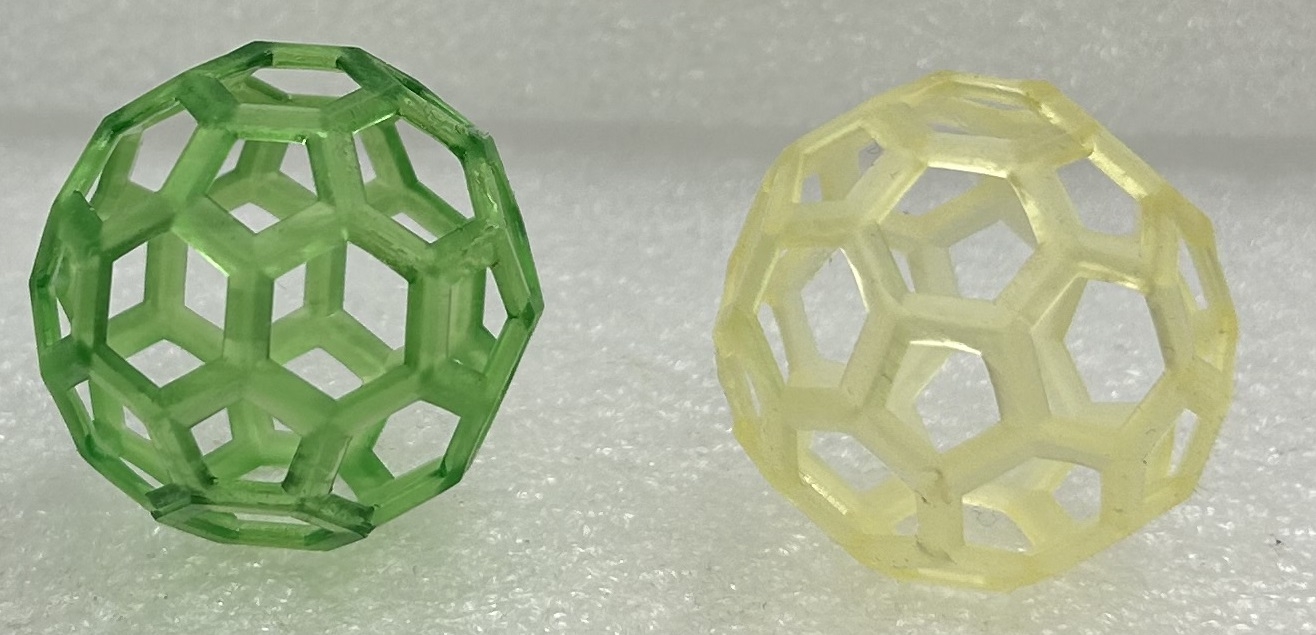4190592
3D printing of deep eutectic solvent based on 1-butyl-3-vinylimidazolium bromide and 2-hydroxyethyl acrylate
Date
March 25, 2025
Related Products
Science and Engineering of Polymeric Materials:
DIVISION/COMMITTEE: [PMSE: Division of Polymeric Materials Science and Engineering]
Novel Applications of Polymeric Materials: Novel Applied Polymer Materials
DIVISION/COMMITTEE: [PMSE: Division of Polymeric Materials Science and Engineering]
Synthesis and properties of Sulfonimide and imidazolium-based ionic liquid crystal for battery applications
Ionic liquid crystals (ILCs) are a special class of compounds that not only contains mesogens group but also have cationic and/or anionic components. ILCs can self-organize into assemblies with varying degrees of orientational order resulting in the formation of unique liquid crystal phases…
Novel Applications of Polymeric Materials: Degradable and Dynamic Materials
DIVISION/COMMITTEE: [PMSE: Division of Polymeric Materials Science and Engineering]



